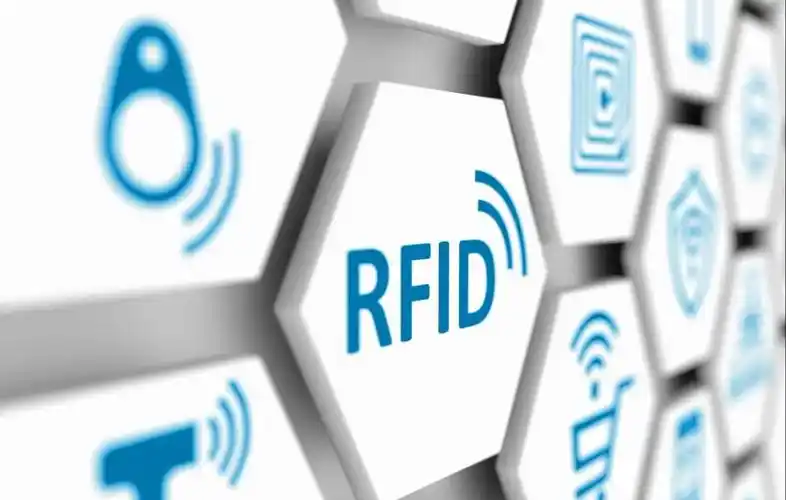
Most RFID companies are trying to make standard products and use standardized thinking to do business, because standardized business has many benefits, such as rapid replication, easy expansion of performance scale, reduction of business marginal costs, improvement of labor efficiency, more standardized business processes, and reduction of manpower investment.
RFID passive Internet of Things has two major product lines, one is tag products, and the other is reader product line.
It is easy to understand that the tag business pursues standardization, because the volume of tag products is large enough, and it is also consumable. According to statistics from AIoT Star Chart Research Institute, the global shipment of UHF RFID tags in 2024 is about 57 billion PCS.
With such a large shipment volume, there is a business logic for making standard products, because if you don’t make standard products, the production capacity can’t keep up, the cost can’t go down, and it is not conducive to large-scale promotion.
But for RFID reader products, the situation is very different, because compared with tag products, the shipment volume of reader products is very small. According to statistics from the AIoT Star Chart Research Institute, the total volume of various UHF RFID reader products in the global market is only more than 1 million units per year.
Therefore, if such a volume is pursued for standardization, it is not the best choice at the commercial level.
So why do we say that?
Because standardization will bring some bad things in addition to the many benefits listed above.
The first and most typical problem is that it is easy to fall into price involution.
Take handheld products with a relatively high degree of industry standardization as an example. After such products are standardized, they are similar to mobile phone products, and everyone's configuration may be similar (whose UHF reader chip is used, which 4G/5G chip is used, NFC chip, screen/battery specifications, etc.).
With such a configuration table, the BOM cost of the product can be inferred, and customers can use the BOM cost to bargain and give a price with extremely low profit. However, there are always players in the market who will accept such quotations for their own business considerations, and they will fall into the dilemma of increasing volume but not increasing revenue, and increasing revenue but not increasing profit, and no one will make money.
For example, in a certain sub-industry, the unit price of UHF RFID handheld devices may be around 10,000 yuan 10 years ago (calculated as 10,000 yuan), and the market demand is 1,000 units a year, and the corresponding market output value is 10 million yuan. After 10 years of development, the demand for equipment has increased to 10,000 units per year, but the unit price of the equipment may have dropped to more than 1,000, and the corresponding output value is still only more than 10 million yuan, but for enterprises, the profit is already very thin.
Such examples are more common in the RFID industry. From a commercial perspective, this is not a benign development trend. Therefore, instead of such internal circulation, it is better to do some differentiated markets, which will be more helpful in terms of performance.
Another problem with standardized products is that in the application scenarios of RFID reader-writer equipment, many projects have customized requirements for the reader-writer products themselves. If standard products are used, it is difficult to meet user expectations, which will eventually lead to project failures, which is harmful to the industry.
A common application case of RFID reader-writer equipment is to manage the entry of goods at the checkpoints of the warehouse. Basically, all projects that use RFID tags have such requirements, which is very common.
But the problem is that such projects may have a large number of tags, but the demand for RFID reader-writer equipment is very small. Small and medium-sized warehouses only need one device, and larger warehouses only need a few devices.
The demand for reader-writer equipment is small, and if you quote according to standard products, you will not make much money. More importantly, it may not be able to solve user needs well.
Because there are generally several requirements for entry management:
The first is that the reader-writer reads the tag quickly and accurately, with high efficiency and full reading
The second is to save storage area. The physical space of many checkpoints is very small, and some warehouses also need to save space to improve the utilization rate of warehouses.
Generally, the technical requirements for solving the first point are to increase the power or install more antennas. The problem is that it is easy to read the tags in the warehouse, that is, read the tags near the tags that have been stored, which will interfere with the experience of the whole project.
Obviously, solving such project requirements needs to be determined according to the actual situation. For example, if you want to do signal shielding, how big the shielding equipment is, how to install it, or add antennas, or use phased arrays, etc., the requirements are different.
If you only sell a standard product to customers, RFID equipment manufacturers will not make much money, and once users use such equipment, a lot of problems will arise, which will eventually lead to the project not being pushed forward.
Finally, let us elaborate on our point of view, that is, making standard products or non-standard products is a commercial choice, there is no difference between good and bad, because whether it is a standard product or a non-standard product, the underlying logic is actually the same:
First, whether it can solve the needs of users
Second, whether the company can make money
It’s just that if companies are all trying to save trouble and make all standard products, it will easily lead to an imbalance between supply and demand in the market, and for many customers who really need complex RFID products, it will not be able to solve their needs, which is also a harm to the market.
Of course, there is another type of customer in the market who do have a demand for RFID products but do not have the budget to do so. How can such a market be released? Everyone is welcome to leave a message to discuss.
This paper is from Ulink Media, Shenzhen, China, the organizer of IOTE EXPO (IoT Expo in China)



















